As parents of language deficient children we know how incredibly isolating this condition can be. Yet a great many children with this and related disorders like autism can be highly visual and with the right strategies can participate in and grow from exposure to sports. While our boys were clearly very visual, they were globally dyspraxic which seemed to rule out active engagement in sports. And yet, it was clear to both Val and I that if we did not find physical pursuits to engage them we would all be climbing the walls at home.
So we exposed them to various sports activities available in our community. We stated with Swimming as it was an obvious option being based in California. So we involved the boys in a swimming class at our local pool. Both boys were functionally without spoken language so we were employing PECS and text on a white board. We had to reassure the swimming teacher that the boys would be OK, which was complicated by the fact that Conor in full sight had peed into the pool in defiance to instructions he was receiving from some of the older students in his class. Fortunately I had a love of swimming and got into the pool to orient and work with Conor while Eoin just took off.
What made the sessions work and become successful was that the boys learned visually and experientially with supporting language written on a white board. And, as our speech therapist instructed, lots of repetition in the practice of both the swimming and the associated language. What had started with a great deal of trepidation and fear of the unknown had become one of our great early successes as the picture of Eoin and his new found friend Jenny shows!

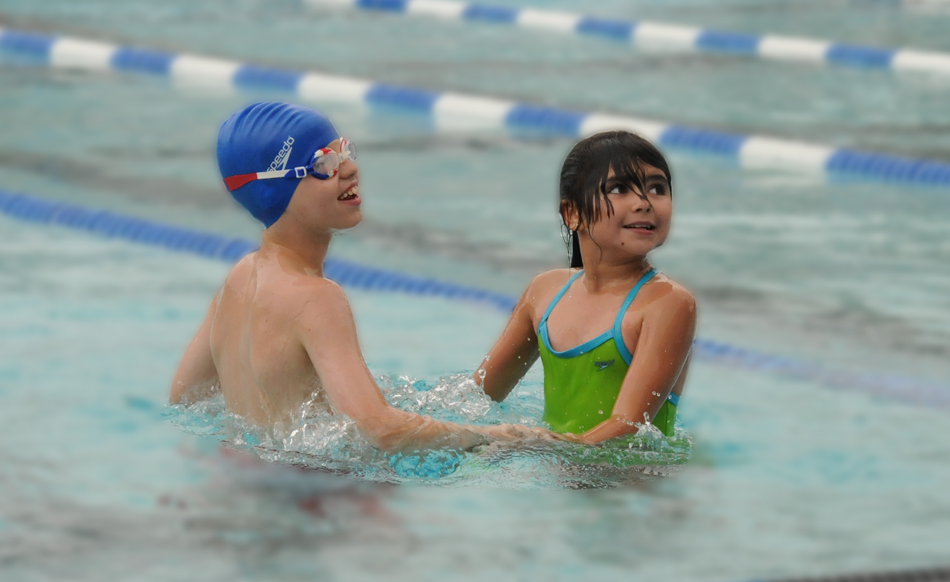
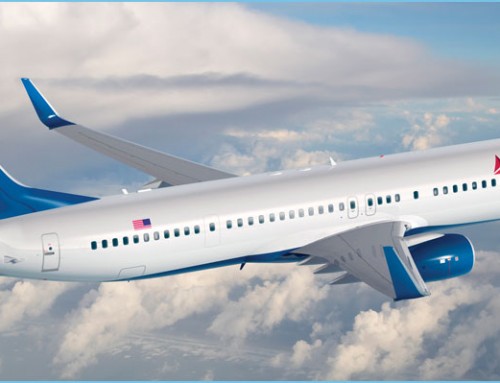
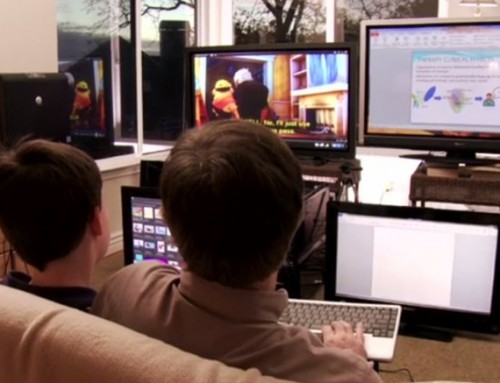
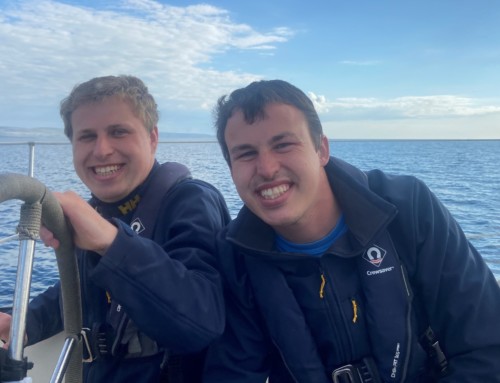
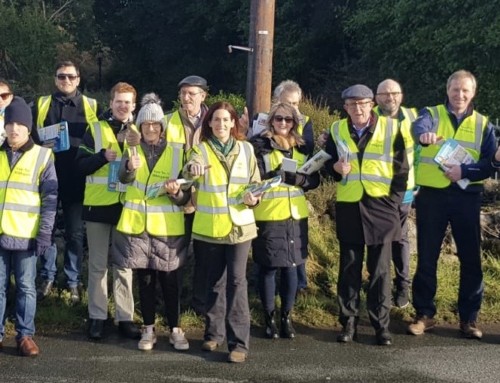
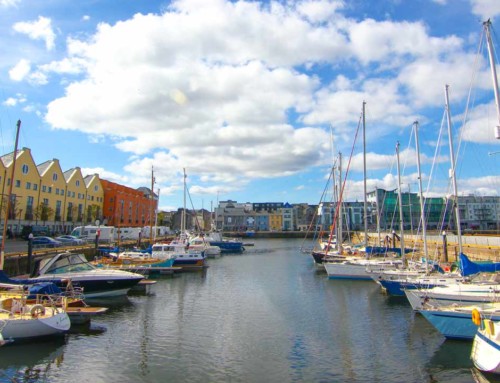
Leave A Comment